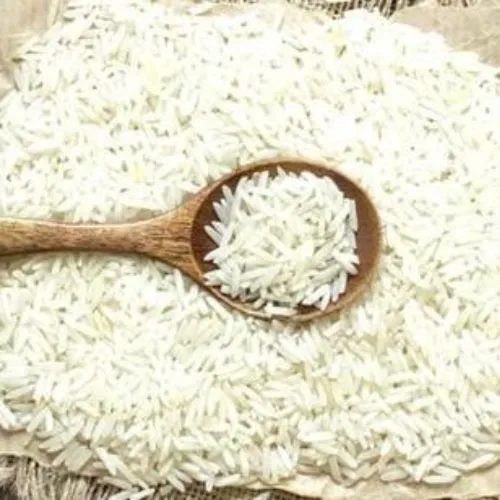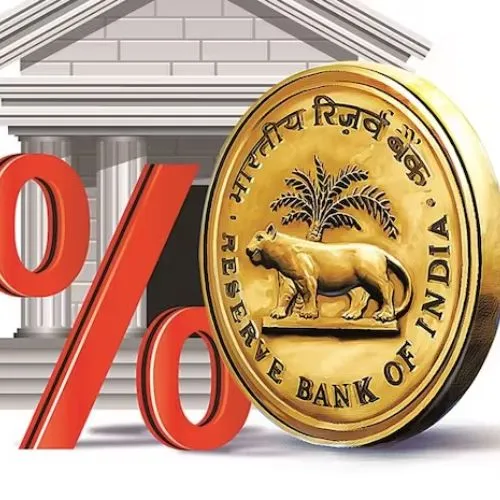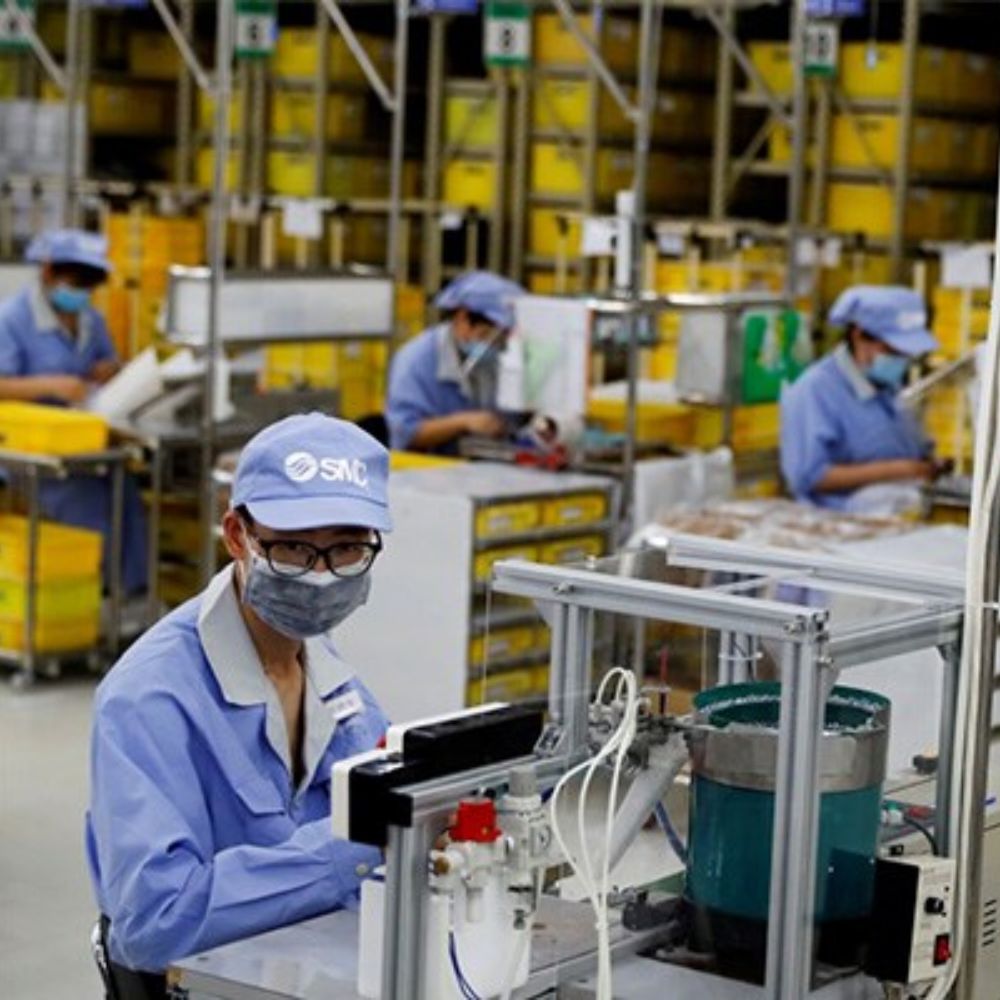The Australian economy witnessed a slowdown in Australian inflation during the second quarter, largely attributed to decreased costs of domestic holidays and petrol. This development has eased the pressure on the Reserve Bank of Australia (RBA) for another interest rate hike. As a result, investors have adjusted their expectations, with futures now indicating a reduced likelihood of a quarter-point increase in interest rates at the upcoming RBA meeting, dropping from 50% to 31% after the release of the data.
The consumer price index (CPI) for the second quarter showed a modest increase of 0.8% compared to the previous quarter, falling below market forecasts of 1.0%. This is the smallest gain since the third quarter of 2021. In the first quarter, inflation stood at 1.4%. On an annual basis, inflation decelerated from 7.0% to 6.0%, once again falling short of the expected 6.2%. For June alone, the CPI rose 5.4% year-on-year, a slight decrease from the 5.5% reported in May.
Investors React and Adjust Rate Expectations
Following the release of the data, the Australian dollar experienced a sharp decline of up to 0.9%, although it managed to recover some of the losses, ultimately ending down 0.4% at $0.6765. Additionally, three-year bond futures gained 5 ticks, reaching 96.09. Market expectations now indicate that rates could peak at 4.32% by the end of the year, down from the previous estimate of 4.42% prior to the data release.
The National Australia Bank has revised its predictions and no longer expects a rate hike in August due to the CPI report. However, the bank warned of potential price increases in the current quarter, citing wage pressures, higher energy costs, and elevated services inflation as contributing factors. Economists at NAB suggested that while there is still a possibility of further tightening in the next few months, the interest rates may be close to reaching their peak.
Expert Opinions and Forecasts
Goldman Sachs has adjusted its forecast, now projecting the RBA to hike rates two more times, reaching a peak cash rate of 4.6%, compared to the previous estimate of 4.85%. Nomura also changed its stance, now indicating a two-thirds chance of a pause in August, as opposed to the one-third chance previously predicted.
Services Inflation Remains a Concern
Services inflation continues to be a concern for policymakers, accelerating to a 22-year high of 6.3% in the second quarter, primarily driven by higher rents, restaurant meal prices, and childcare costs. Rent inflation recorded its strongest quarterly rise since 1988, attributed to low vacancy rates amid robust housing demand. In contrast, goods inflation experienced a notable decline, slowing to an annual rate of 5.8% from the previous quarter’s 7.6%.
Outlook and RBA’s Target
Robert Carnell, Asia-Pacific head of research at ING, expressed optimism about the outlook for July consumer prices, but he also noted that sustaining the current trend of decreasing inflation beyond this month could prove challenging. Carnell suggested a probable rate hike in September.
Despite the recent moderation, headline inflation remains significantly above the RBA’s target band of 2-3%. It is projected to return to the top of the bank’s target range only by mid-2025. In the meantime, the labor market has remained robust, adding more jobs than expected in June, with the jobless rate hovering near 50-year lows. The RBA has previously warned that further tightening may be necessary to curb inflationary pressures.
The RBA is set to release its updated economic forecasts next week, shedding further light on the central bank’s outlook and potential monetary policy decisions in the coming months.













